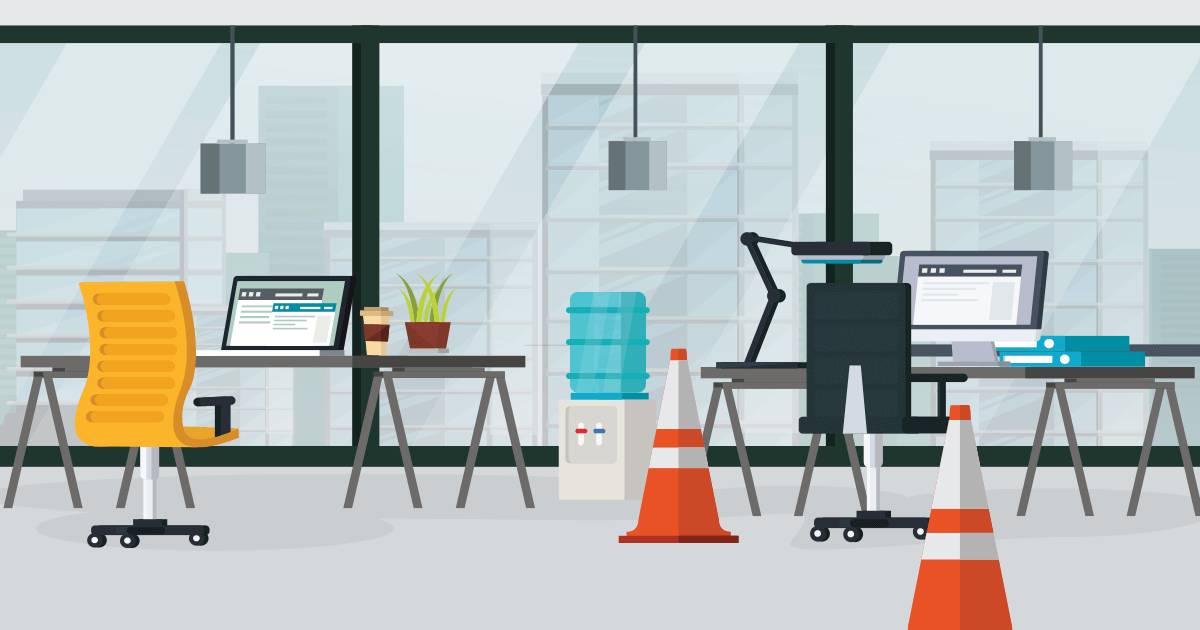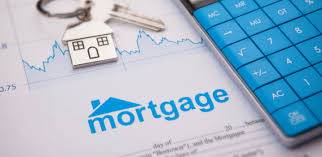Types of Mortgages: A Focus on Ghana and Africa
A mortgage is a
legal agreement where a borrower secures a loan using immovable property as
collateral. Across Ghana and Africa, the types of mortgages available have been
shaped by legal frameworks, economic conditions, and societal needs. These
mortgage types cater to diverse borrowers, ranging from low-income individuals to
large-scale businesses, and vary based on repayment structures, purposes, and
property involved.
1. Conventional Mortgages
Conventional
mortgages are the most common type of mortgage and are based on standard loan
agreements.
Key
Features:
- Loan
Repayment: Borrowers
repay the loan in fixed or variable installments over a specified period.
- Down
Payment: Typically
requires a down payment, which is a percentage of the property's value.
- Interest
Rates: May be
fixed or variable.
Example in
Ghana:
- Homeownership
schemes provided by commercial banks like Ghana Home Loans or mortgage products from banks like Stanbic
Bank Ghana.
Challenges
in Africa:
- High
interest rates and stringent requirements make conventional mortgages
inaccessible to many low- and middle-income earners.
2. Fixed-Rate Mortgages
In a fixed-rate
mortgage, the interest rate remains constant throughout the loan period.
Key
Features:
- Stability: Borrowers
pay a fixed amount for the loan's duration.
- Long-Term
Planning: Ideal for
borrowers seeking predictable repayment schedules.
- Interest
Rate: Typically
higher at the outset to account for market fluctuations.
Example in
Africa:
- Countries
with stable economic conditions, such as South Africa, often offer
fixed-rate mortgages.
Relevance
in Ghana:
- Fixed-rate
mortgages are less common due to economic instability and fluctuating
interest rates.
3. Variable-Rate Mortgages
Variable-rate
mortgages have interest rates that change based on market conditions or
reference rates, such as the Bank of Ghana Policy Rate.
Key
Features:
- Fluctuating
Payments: Monthly
payments vary based on changes in the interest rate.
- Lower
Initial Costs: Typically starts with lower interest rates than
fixed-rate mortgages.
- Risk: Borrowers
face uncertainty if rates increase.
Challenges
in Africa:
- Economic
volatility in many African countries makes this option risky for
borrowers.
4. Adjustable-Rate Mortgages (ARMs)
ARMs combine
features of fixed- and variable-rate mortgages. The interest rate is fixed for
an initial period and then adjusts periodically.
Key
Features:
- Initial
Stability: Fixed rate
for the first few years.
- Adjustable
Phase: Rates
adjust periodically, often annually.
- Popular
Use: Used when
borrowers anticipate improved financial conditions.
Application
in Ghana:
- ARMs are
offered by some commercial banks but are less popular due to borrower risk
aversion.
5. Interest-Only Mortgages
Borrowers pay
only the interest on the loan for a specified period before starting to pay
both interest and principal.
Key
Features:
- Low
Initial Payments: Ideal for borrowers with fluctuating incomes.
- Higher
Long-Term Costs: Total interest paid is higher compared to
traditional loans.
- Flexible
Use: Common in
real estate investments.
Example in
Africa:
- Used by
developers or businesses seeking short-term financial relief during
construction projects.
Limitations
in Ghana:
- Rarely
offered due to the high risk of default.
6. Reverse Mortgages
Reverse mortgages
allow homeowners to convert their home equity into cash without selling their
property, typically targeting older adults.
Key
Features:
- No
Monthly Payments: Borrowers receive payments or a lump sum against the
property’s value.
- Repayment: Loan is
repaid upon sale of the property or the borrower’s demise.
- Target
Audience: Retirees
and elderly individuals.
Potential
in Africa:
- Reverse
mortgages are emerging in South Africa but are still underutilized in
Ghana and other parts of the continent due to cultural preferences for
passing property to heirs.
7. Islamic Mortgages (Murabaha)
Islamic mortgages
comply with Sharia law, prohibiting
interest-based transactions.
Key
Features:
- Profit-Based: The lender
purchases the property and sells it to the borrower at a profit.
- Ownership
Transfer: Ownership
is transferred upon repayment.
- Interest-Free: Complies
with religious principles.
Relevance
in Africa:
- Common in
countries with significant Muslim populations, such as Ghana (Northern
Region) and Nigeria.
8. Commercial Mortgages
These mortgages
are used to finance the purchase of commercial or industrial properties.
Key
Features:
- Higher
Loan Amounts: Designed for businesses rather than individuals.
- Flexible
Terms: Structured
to meet business cash flow needs.
- Asset-Based: The
property generates income to cover repayments.
Example in
Ghana:
- Businesses
use commercial mortgages to develop hotels, factories, or retail outlets.
9. Affordable Housing Mortgages
Designed for low-
and middle-income earners, these mortgages aim to address housing deficits.
Key Features:
- Subsidized
Rates:
Governments and financial institutions may offer lower interest rates.
- Eligibility
Criteria: Targeted
at individuals within specific income brackets.
- Collaboration
with NGOs: Often
implemented through partnerships with non-governmental organizations.
Example in
Africa:
- Ghana’s National
Housing Mortgage Fund (NHMF) facilitates affordable housing projects.
10. Second Mortgages
A second mortgage
allows homeowners to borrow against their property’s equity without refinancing
the first mortgage.
Key
Features:
- Additional
Debt: Used for
renovations or major expenses.
- Higher
Interest Rates: Reflects higher risk compared to first mortgages.
- Equity-Based: Loan
amount depends on the borrower’s equity in the property.
Limitations
in Ghana:
- The market
for second mortgages remains underdeveloped.
11. Construction Mortgages
Construction
mortgages are designed for financing the construction of new homes or property
development.
Key
Features:
- Disbursement
in Stages: Funds are
released at different stages of construction.
- Loan
Conversion: Can be
converted to a traditional mortgage upon project completion.
- Risk
Management: Requires
oversight to ensure project completion.
Example in
Ghana:
- Banks like Ecobank
Ghana offer
construction mortgages to developers.
Challenges of Mortgage Adoption in Ghana and Africa
- High
Interest Rates: Borrowers face prohibitive costs due to economic
instability and inflation.
- Limited
Access: Mortgage
products are often inaccessible to low-income earners.
- Lack
of Land Titles: Unclear land ownership deters financial institutions
from offering mortgages.
- Cultural
Resistance: Some
communities prefer informal arrangements over formalized mortgages.
Conclusion
The types of
mortgages available in Ghana and Africa reflect the diverse financial needs of
individuals, businesses, and communities. While traditional mortgages remain
dominant, innovative products such as Islamic mortgages and affordable housing
schemes are gaining traction. Addressing challenges like accessibility,
affordability, and land tenure issues will be critical for expanding mortgage
markets and improving housing conditions across the continent.


